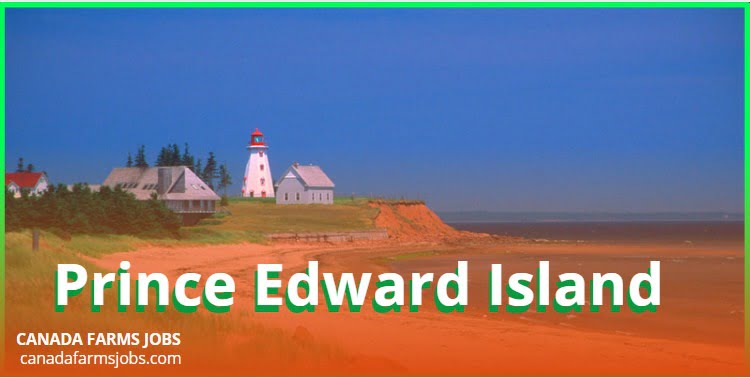Prince Edward Island (PEI) is a captivating Canadian province known for its natural beauty, rich history, and vibrant culture. Here’s a comprehensive description:
Geography and Climate
Location: PEI is located in the Gulf of St. Lawrence, to the north of Nova Scotia and east of New Brunswick. It is Canada’s smallest province in terms of both land area and population.
Landscape: The island is renowned for its rolling hills, red sandstone cliffs, sandy beaches, and fertile farmlands. The soil’s distinctive red color comes from its high iron-oxide content.
Climate: PEI has a temperate maritime climate. Summers are typically mild, while winters can be quite cold with significant snowfall. The island enjoys long daylight hours in the summer and experiences a relatively moderate climate due to its proximity to the ocean.
History
Indigenous Peoples: The Mi’kmaq people were the original inhabitants of PEI, calling it Epekwitk, meaning “cradle on the waves.”
European Settlement: French settlers arrived in the early 18th century, naming it Île Saint-Jean. The island was ceded to Britain in 1763 and renamed Prince Edward Island in honor of Prince Edward, Duke of Kent and Strathearn, the father of Queen Victoria.
Confederation: PEI became the seventh province of Canada on July 1, 1873.
Economy
Agriculture: PEI is often referred to as the “Garden of the Gulf” due to its fertile soil. It is one of the largest potato producers in Canada, contributing significantly to the local economy.
Fishing and Aquaculture: The fishing industry is vital, with a focus on lobster, mussels, and oysters.
Tourism: Tourism is a major industry, driven by the island’s scenic landscapes, historical sites, and cultural attractions. PEI is famously associated with Lucy Maud Montgomery’s novel “Anne of Green Gables,” which draws numerous visitors each year.
Culture
Literature: “Anne of Green Gables” is a central part of PEI’s cultural identity. The novel has been adapted into various films, television series, and plays, and the Green Gables farm in Cavendish is a popular tourist site.
Festivals and Events: The island hosts several notable festivals, including the Charlottetown Festival, which features musical theatre, and the PEI International Shellfish Festival, celebrating the island’s seafood heritage.
Music and Arts: PEI has a vibrant arts scene, with strong influences from Celtic and Acadian music. The island hosts numerous music festivals and has a thriving community of artists and performers.
Education
PEI is home to the University of Prince Edward Island (UPEI) and Holland College. These institutions offer a range of educational programs and contribute to the island’s intellectual and cultural life.
Transportation
Bridges and Ferries: The Confederation Bridge, spanning 12.9 kilometers (8 miles), connects PEI to New Brunswick, providing a vital link to the mainland. Ferries also operate between PEI, Nova Scotia, and the Magdalen Islands.
Airports: The main airport is Charlottetown Airport, offering domestic and some international flights.
Government
PEI has a provincial government with its own legislature, located in Charlottetown. The government operates under the Canadian federal system.
Natural Attractions
National Parks: PEI National Park, situated along the island’s north shore, features stunning coastal scenery, diverse wildlife, and a variety of recreational activities.
Beaches: The island is famous for its beautiful beaches, such as Cavendish Beach and Basin Head Beach, known for their warm waters and pristine sands.
Prince Edward Island is a unique blend of natural beauty, historical richness, and cultural vibrancy. Its picturesque landscapes, welcoming communities, and diverse attractions make it a remarkable place to visit or live.




